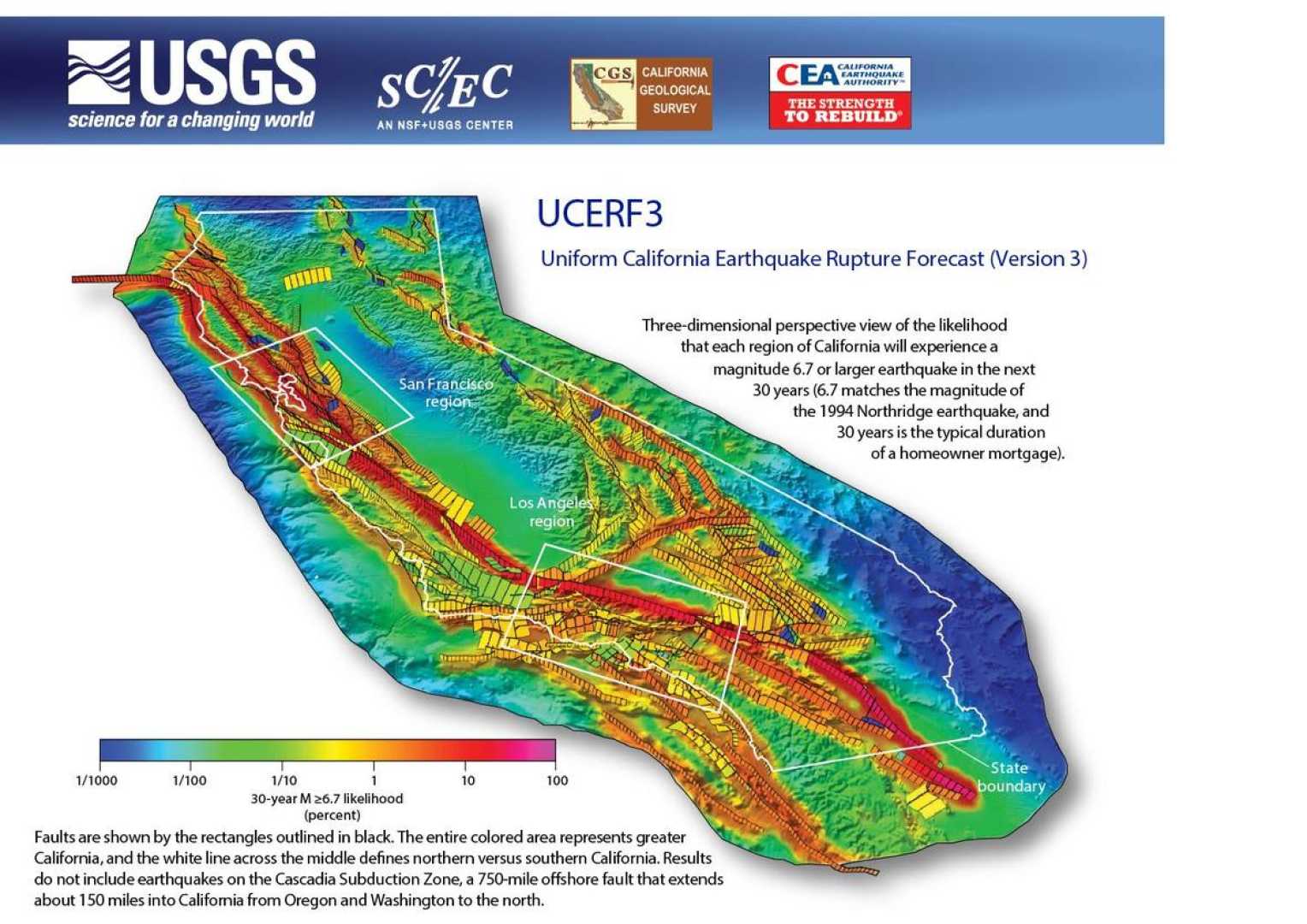News
Residents Brace for Possible Major Earthquake in California

LOS ANGELES, CA — California officials and scientists are emphasizing the importance of earthquake preparedness as the risk of a major earthquake remains high. The state is home to numerous active fault lines, notably the famous San Andreas fault, known for its devastating historical earthquakes.
The San Andreas fault stretches more than 800 miles, from the Mexican border up through the state, impacting communities such as Palm Springs, San Bernardino, and Santa Cruz. A hypothetical magnitude 7.8 earthquake on the southern section could lead to an estimated 1,800 deaths and cause upwards of $213 billion in economic losses.
Earthquake awareness has grown in the past decades, with researchers developing better methods to predict quakes and their potential impacts. State legislation has been passed to prevent construction over active faults to minimize risks. California lawmakers implemented these measures following shocking events like the 1994 Northridge quake, which originated from an unknown fault and resulted in significant destruction and loss of life.
Besides the San Andreas, other faults like the Newport-Inglewood fault, responsible for the 1933 Long Beach earthquake, pose significant threats. Experts warn that a quake on this fault could unleash catastrophic consequences, with estimates of potential damages reaching into the billions.
The Hayward fault in the East Bay is another area of concern. Reports indicate that a significant earthquake on this fault system could lead to hundreds dead and thousands injured. California’s seismic landscape is a mix of known and unknown faults, underscoring a critical need for ongoing research and preparedness measures.
Community outreach programs are actively seeking to educate residents about how to prepare for the inevitable risks posed by earthquakes. As scientists and officials continue to study earthquake patterns and impacts, the message remains clear: Californians must stay alert and ready to act.
The U.S. Geological Survey has emphasized that understanding the potential dangers of these fault lines can ultimately save lives. As the fault lines weave through populous areas, the threat remains very real, and vigilance is essential for all citizens.












